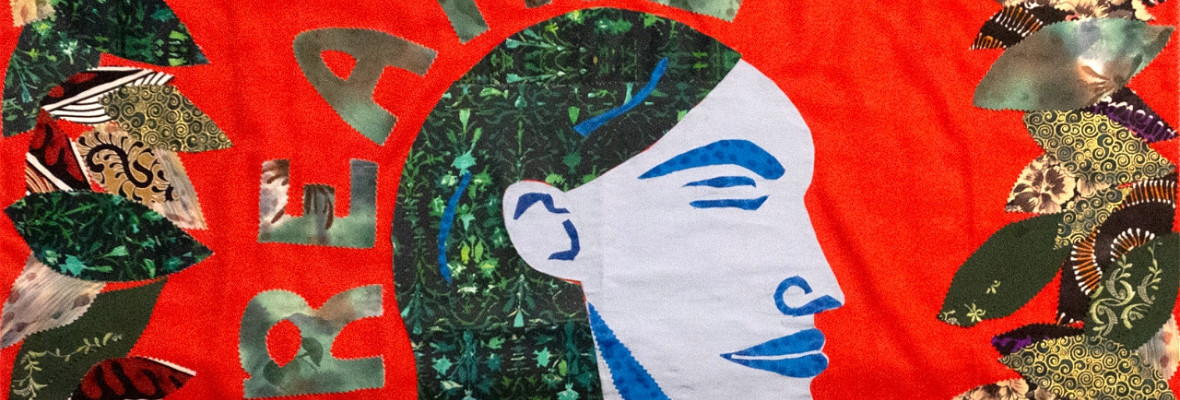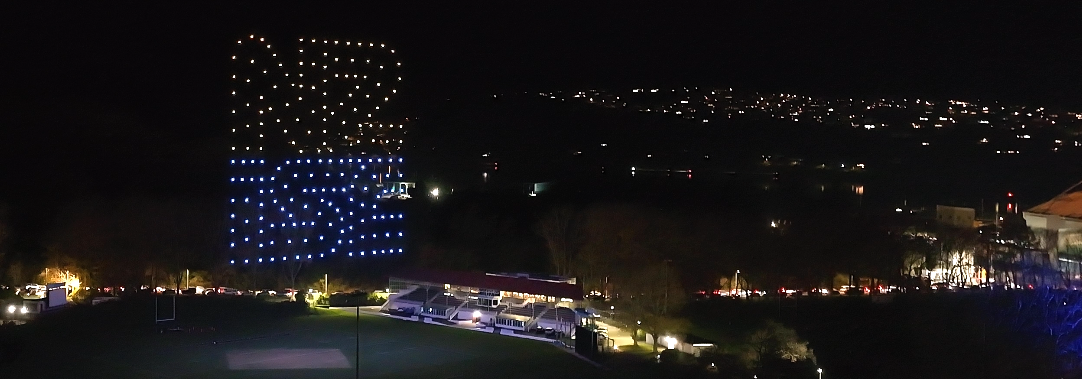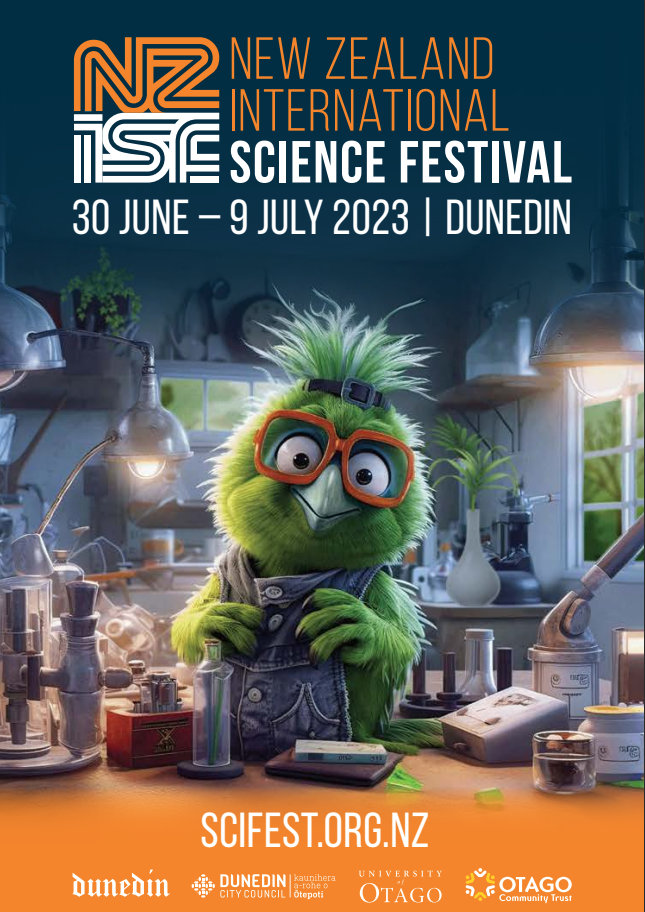
Scientists and artists bring you art and science explorations on the theme of AIR.
Insp-AIR-ation
(An art and science community project)
In this art and science community project, arts facilitator Pam McKinlay, has worked with multiple community and school groups in a project to make 60 co-created collages which explore communities’ values, hopes, aspirations and inspirations about AIR. A focus of the schools’ project was to explore photosynthesis, solar energy and how we breathe. For humankind air is life.
Thanks to all the schools from who took part plus Enviroschools, Marine Science Research Centre, Stitch Kitchen and Life’s a Gas exhibition for support and workshop spaces.
Air Time community mosaic
(Dr Jenny Rock + Metservice)
In this sci-art project ‘AirTime’ Jenny Rock collaborated with Lewis Ferris, communications meteorologist at MetService, to visualise records of Dunedin air temperature. We analysed the daily highs (maxima) for the last 35 years (1986- 2021) and compared it to the historical average for 1963-1985. In order to make a chart of temperature over time that was more intuitive to read, I created a colour code to translate how much warmer or cooler each day in a month was relative to that month’s historical average. Participant's pick a meaningful date for them and each day gains its respective colour and is compiled to make a mosaic for each month. Then a second colour code and tissue paper overlay is applied applied to each mosaic to show the average high for each month. (This lets us explore both daily variation and monthly trends.) Participants personalize their mosaic overlay with meaningful symbols for the month, graffitiing ‘our life lived’ over the environmental temperatures we’ve experienced. Come help finish our art chart!
Backyard Biodiversity
(Dr Jenny Rock & Catriona McLeod + Manaaki Whenua)
The Manaaki Whenua Backyard Biodiversity Project uses multimedia approaches to explore our individual and collective perspectives on what biodiversity matters and how we enhance it. In our workshops, we offer an exercise in using visual art to explore the idea of the biodiversity gains that can be achieved in one’s own backyard (or wider ‘local patch’). Making a composite image of “what I would like to see out my back window” helps us visualise what might be possible (reflecting on this personally, and then as shared artwork as part of Intl Sci Fest ‘23). We offer participants a series of choices from images representing what might be grown in their backyard, linked with information on the benefits. For instance at its simplest, growing flowering plants like hebe, flax and kaka beak helps feed native birds. Other ideas include how growing certain vegetables not only is healthy, economical, reduces food miles/carbon emissions and increases local resilience, but also is an expression of identity especially when we know a plant’s geographic and cultural history.
Come see the visions of other Dunedinites, and explore your own...
Taoko Pūoro and Miheke Oro – Musical Instruments of Māori and Moriori
(Moriori, Music & Manawa team)
Music is a force like the wind – unseen but felt. In the Polynesian conception, winds carry messages: a wind brings the thoughts of a lover, another wind the premonition of a death or danger. (Nunns and Thomas, 2014). See musical instruments that whakapapa to Māori taoko pūoro and hokopapa to Moriori miheke oro. Learn about their spiritual uses, visit remarkable sites from Rēkohu|Chatham Islands filmed for the Moriori Sound Atlas, see flutes carved from hopo|albatross wing bone and 3-D printed from the scan of a precious hopo | albatross bone flute held in Canterbury Museum. This work is helping revitalise Moriori cultural knowledge.
Healthy air is no pleasure cruise
(Dodd-Walls Centre for Photonic and Quantum Technologies)
How much do cruise ships contribute to poor air quality in Port Chalmers?
Around the world the cruise ships are recognized as a significant source of air pollution around the docks where they berth. In Port Chalmers, and in many other places worldwide, there is no facility to provide power to the ships from land, ensuring the continuous output of pollutants while the ships are docked through their need to generate electricity. The pandemic provided an unprecedented opportunity to quantify the impact of cruise liners on air quality in Dunedin, by installing air quality monitors which can operate in the absence of cruise liner visits, and after they resume. This project aims to install a network of air quality monitors which will operate unattended providing live data which can be accessed publicly. We then work with schools and community groups to develop projects to access the impact of cruise ships and other large vessels on air quality around the port and further afield.

